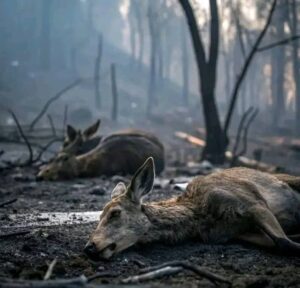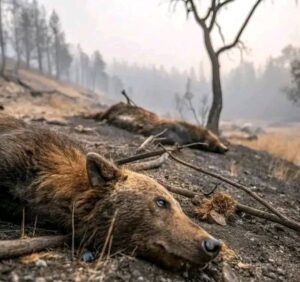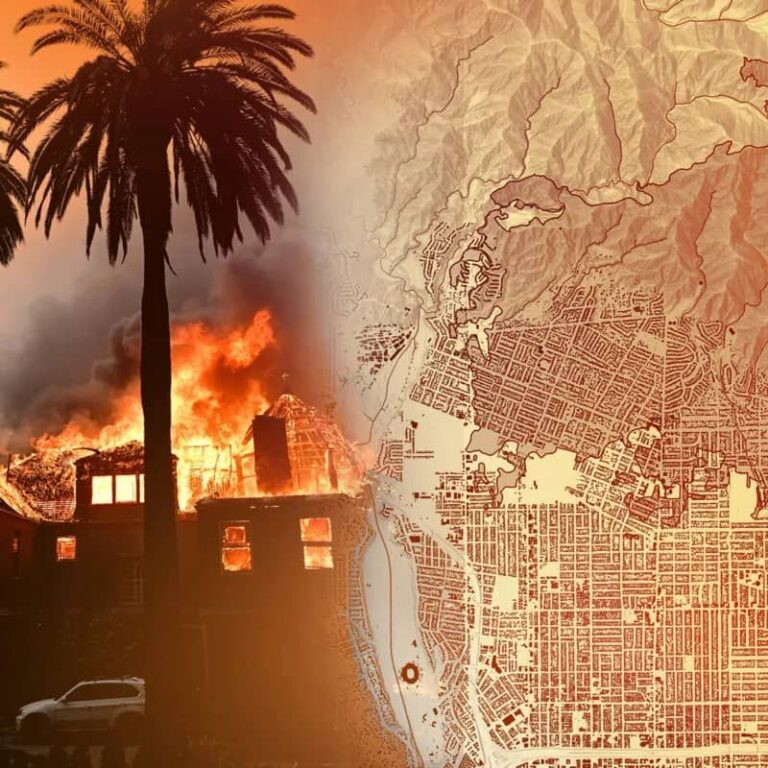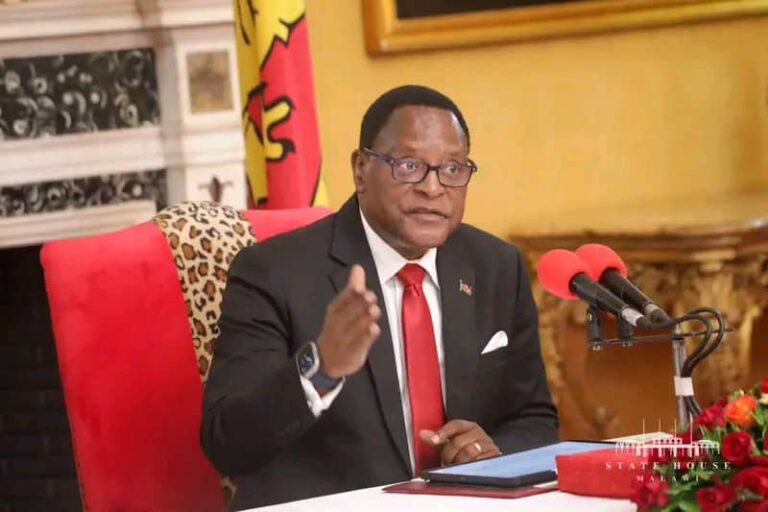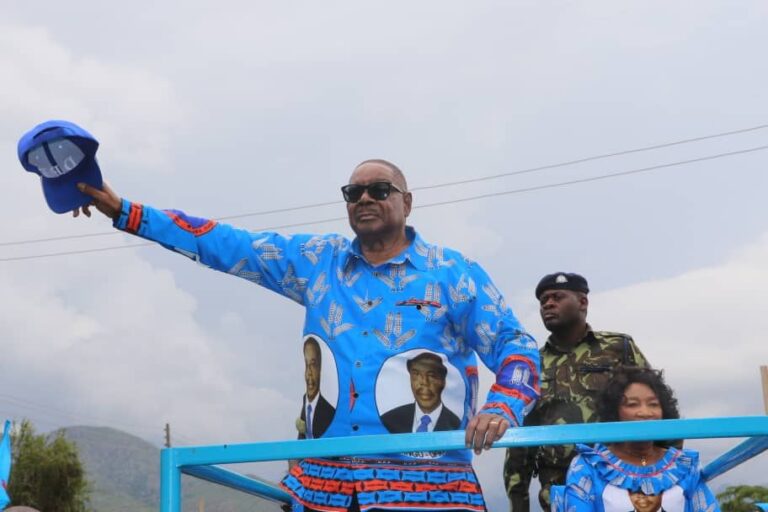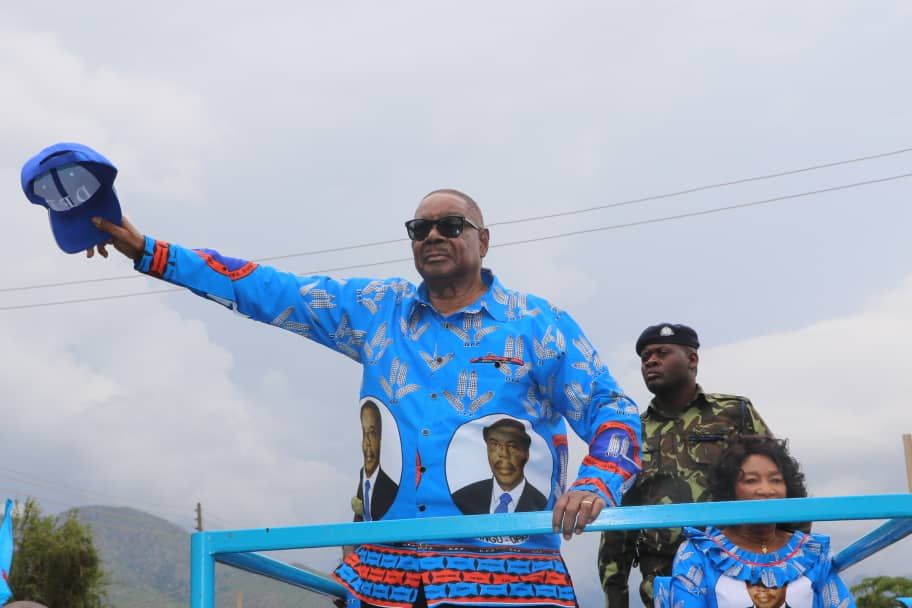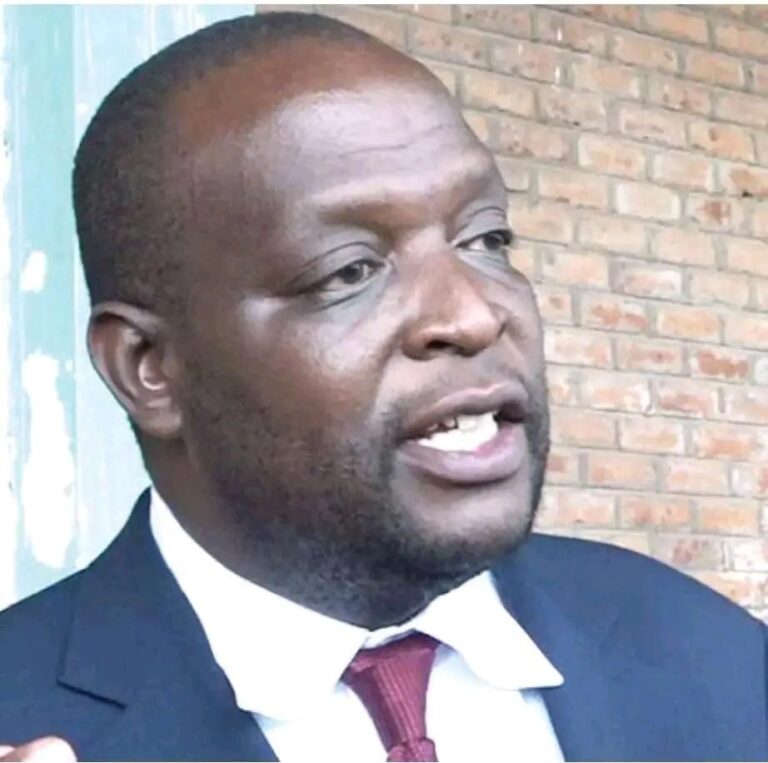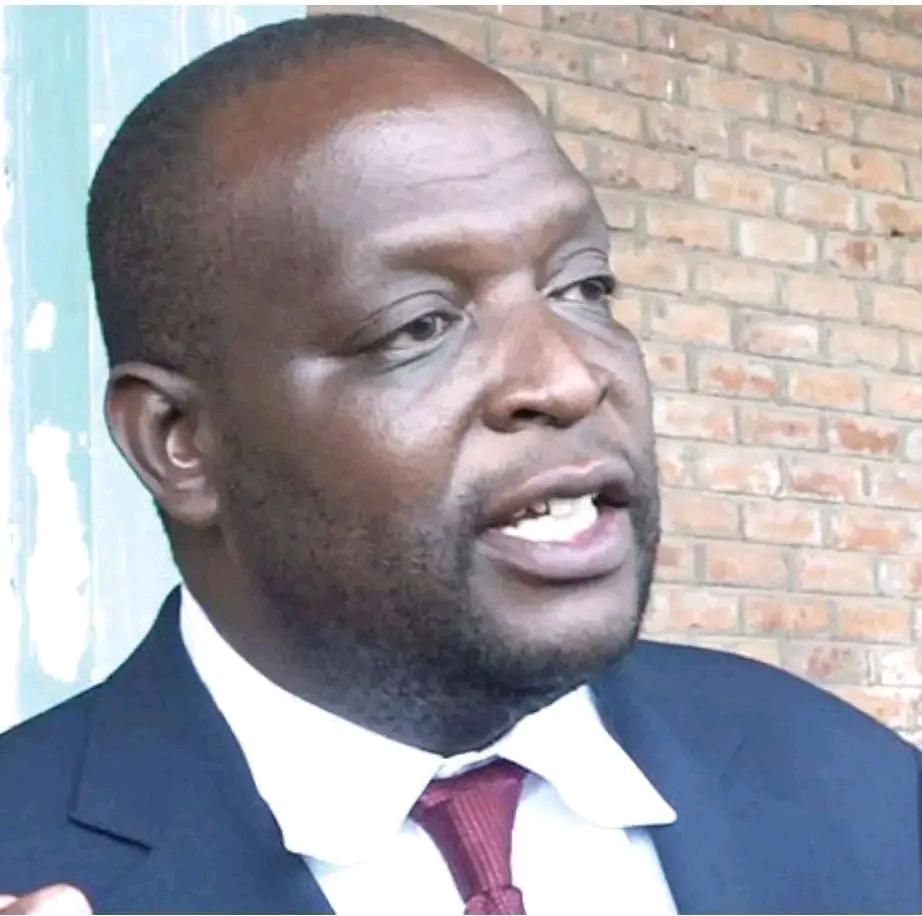By Burnett Munthali
The wildfires ravaging Los Angeles have reached catastrophic levels, with at least 11 confirmed deaths, thousands of homes destroyed, and tens of thousands of residents forced to flee their homes in search of safety. As reported by the BBC, the situation continues to evolve rapidly, with multiple fires burning across the city, stretching resources and testing the resilience of both residents and firefighters.
The largest of these fires, the Palisades Fire, has already become the most destructive fire in the city’s history, with over 21,000 acres burned. For a sense of the sheer scale of the devastation, placing the affected area on maps of major cities offers a glimpse into its enormity. In terms of distance, the Palisades Fire is as if a fire were raging across the stretch between Clapham to Greenwich in London, or extending across large parts of lower Manhattan and Queens in New York.
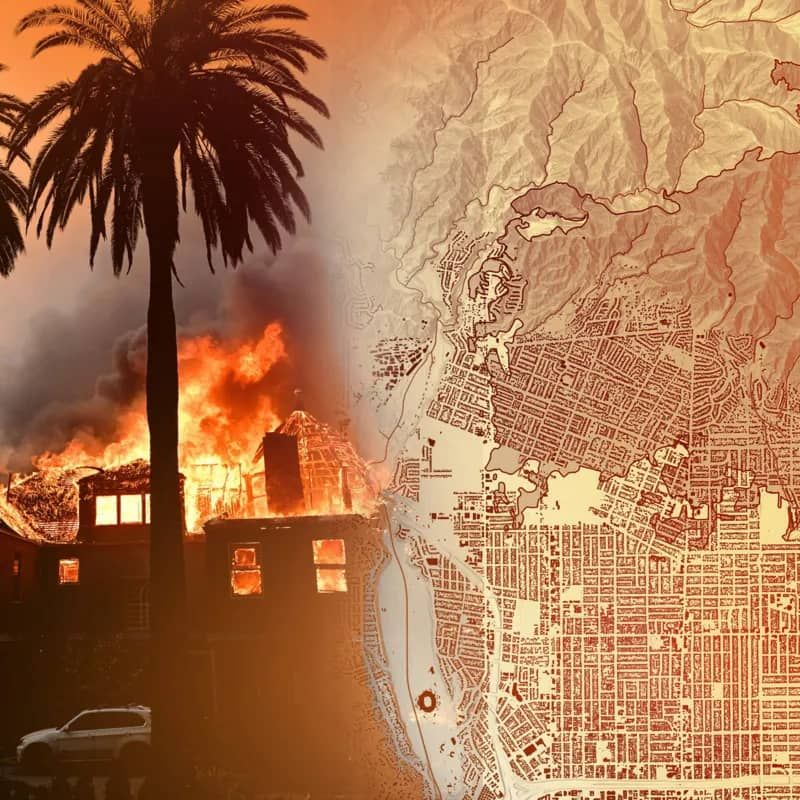
As of January 11, six major wildfires are currently active in the Los Angeles area, each posing significant challenges for firefighters and emergency services:
1) Palisades Fire: The largest and most dangerous fire, it is burning between Santa Monica and Malibu, areas known for their iconic landscapes and upscale homes. The fire has consumed 21,596 acres, and it continues to threaten even more communities.
2) Eaton Fire: The second-largest blaze, located north of Pasadena, has burned through 14,117 acres of land, impacting several residential areas and forcing evacuations.
3) Kenneth Fire: This fire broke out Thursday afternoon in the West Hills area, just to the north of the Palisades Fire. With 1,052 acres burned so far, the Kenneth Fire has been contained to a smaller area but still remains a serious threat.
4) Hurst Fire: Located northeast of Los Angeles, this fire has burned 771 acres of land. Although it is smaller in comparison to others, its proximity to residential areas has caused concern.
5) Lidia Fire: Reported in the hills just north of Los Angeles, this fire has consumed 395 acres, with firefighters working tirelessly to prevent its spread toward populated areas.
6) Archer Fire: The newest of the blazes, the Archer Fire started on Friday and has already burned 19 acres. While still in its early stages, authorities are closely monitoring it for rapid expansion.
The images and reports coming out of Los Angeles paint a harrowing picture of the devastation left in the wake of these fires. Thousands of homes, businesses, and public buildings have been destroyed, leaving families displaced and seeking refuge wherever they can find it. Emergency shelters have been set up, but with limited capacity, the situation remains dire for many.
Firefighters are battling extreme conditions, with strong winds, dry vegetation, and high temperatures exacerbating the situation. In some areas, the fires have become uncontrollable, spreading quickly due to the lack of moisture in the air and on the ground. Authorities are warning that these fires could continue to rage for weeks unless there is a significant change in weather conditions or fire containment efforts are ramped up.
The Palisades Fire, in particular, is proving to be the biggest test for local firefighters. With its sprawling reach and proximity to some of the most affluent and densely populated neighborhoods in Los Angeles, this fire has drawn both national and international attention. The effort to contain it involves the deployment of thousands of firefighters, helicopters, and ground crews working around the clock.
The impact of these wildfires on local communities cannot be overstated. Tens of thousands of people have been forced to evacuate, with some residents having little more than the clothes on their backs as they flee the advancing flames. The fires have disrupted lives, damaged property, and created an atmosphere of fear and uncertainty.
Los Angeles is no stranger to wildfires, but the scale and intensity of these recent fires have reached new levels of destruction. Many families have lost their homes, possessions, and in some tragic cases, loved ones. The fires have claimed at least 11 lives, with the number expected to rise as rescue teams continue to search through the wreckage.
As the fires continue to rage, questions remain about the longer-term impact on Los Angeles and California as a whole. While the immediate priority remains controlling the blazes and saving lives, there will be significant efforts needed to rebuild and recover in the aftermath of these devastating fires. Insurance claims, rebuilding efforts, and the emotional toll on displaced residents will all require careful attention in the months and years ahead.
Moreover, the fires serve as a stark reminder of the increasing frequency and intensity of wildfires, which have been linked to climate change and environmental factors. The damage to ecosystems, air quality, and wildlife is another pressing concern that will require long-term solutions.
For now, the focus remains on containment and relief efforts, with firefighters and emergency services continuing to fight against a powerful and relentless adversary. The people of Los Angeles are enduring one of the most difficult challenges in the city’s history, and the world watches with bated breath as they confront the ongoing crisis.
